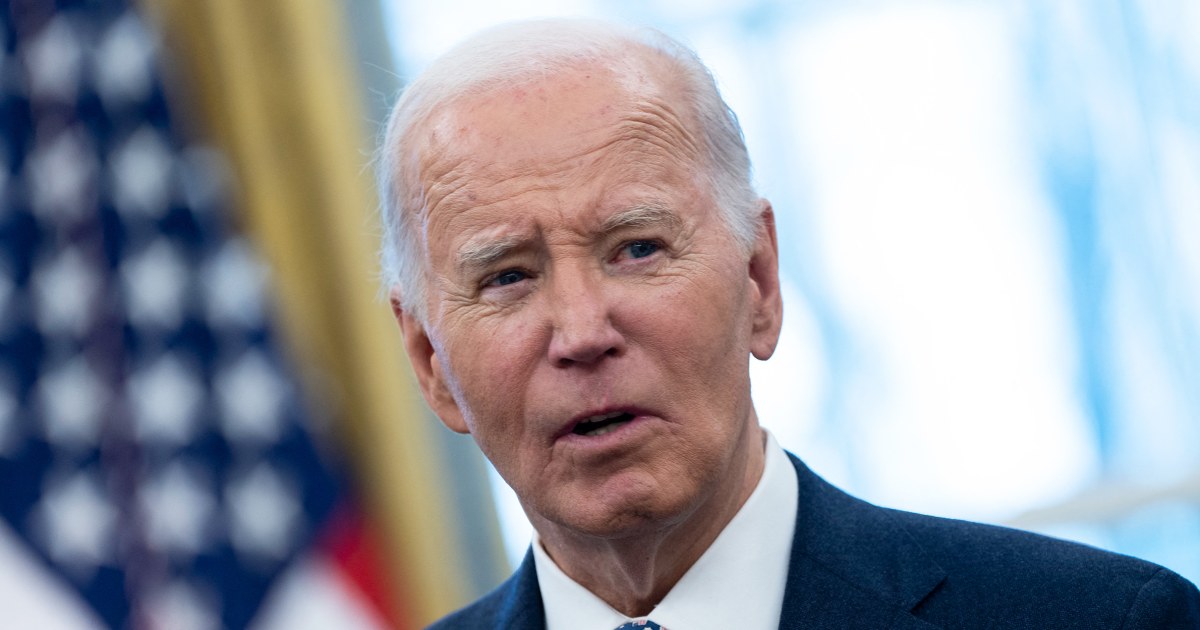
Something curious has happened since the Supreme Court handed down the Dobbs decision in June 2022: More people have obtained abortions, despite increasing barriers to access.
That’s one of the central findings of a new report released Tuesday, which found that there were nearly 86,000 average abortions per month in 2023, compared to about 82,000 a month in 2022. The rise is due, in part, to the increasing popularity of telehealth abortions, in which providers in blue states virtually prescribe and mail abortion pills—including to patients in red states—thanks to so-called shield laws that protect them from prosecution. According to the report, telehealth abortions accounted for nearly 1 in 5 abortions nationwide—about 19 percent—from October to December of last year.
The new report is part of a recurring study sponsored by the Society of Family Planning and known as #WeCount, which is aimed at providing quarterly updates on abortion access post-Dobbs. Earlier #WeCount reports found telehealth abortions accounted for 15 to 16 percent of all abortions conducted between July and September of last year, or about 14,000 abortions each month. This is a marked increase from April 2022, when telehealth abortions only accounted for about 4 percent of abortions nationwide, or about 3,600 a month, or December 2022, when they accounted for about 8,500 abortions every month, or 11 percent of the total.
Medication abortions have long been a target of the anti-abortion movement, which has perpetrated myths about the so-called dangers of abortion pills. The recent case before the Supreme Court—FDA v. Alliance for Hippocratic Medicine—seeks to drastically restrict access to mifepristone, the first pill in the two-drug regimen, even as more than 100 studies have affirmed its safety and effectiveness. And recent research—including a paper published just this week in the journal JAMA Internal Medicine—has confirmed that the pills are just as safe when they’re prescribed virtually as in person.
Ushma Upadhyay, a professor in the Department of Obstetrics, Gynecology, and Reproductive Sciences at the University of California, San Francisco, and co-author of the #WeCount report, says, “As the word gets out, as more people talk about it—on Reddit, online—and feel more comfort with this model, I expect that the numbers will increase.”
A decision in the Supreme Court case on mifepristone—including the attempt to restrict telehealth access—is expected at the end of June. As my colleague Pema Levy has written, during the oral arguments in March, the justices appeared to be unlikely to roll back access to mifepristone. Upadhyay agrees but notes that even if the justices do place some restrictions on the drug, it’s “very possible” providers would continue mailing the pills from states that have enacted shield laws.
The latest #WeCount data also sheds light on the importance of shield laws during the post-Dobbs era. From July to December of last year, about 40,000 people—most of whom were in states with abortion bans—were able to access reproductive healthcare thanks to shield laws. Data from five states that had shield laws in effect last year—Massachusetts, Colorado, Washington, New York, and Vermont—are included in the latest #WeCount report. California only enacted a shield law for telehealth abortion providers in January.
These laws, Upadhyay says, seek to “minimize legal risks for those providing abortion care,” but do not “reduce the risk of criminalization, of being prosecuted because of perceived laws against self-managed abortion.” While only Nevada has a law that explicitly criminalizes self-managed abortions, Upadhyay said that people may assume that a state abortion ban may also criminalize receiving medication abortion in their state. There have not been any prosecutions of providers who have sent abortion pills to red states under shield laws, though court challenges to the laws are expected. Still, as restrictions mount—Florida, for instance, which was a haven for abortion access in the South, just imposed a 6-week ban on May 1—Upadhyay says “more people may turn to abortions provided under shield laws.”
Other reasons for the overall increase in abortions post-Dobb include new clinics in blue states, increased funding for abortion care—from some blue state governments, private foundations, and individual people giving to abortion funds—and the destigmatization of abortion in states with fewer restrictions. But the new data should not be interpreted to suggest Dobbs hasn’t had a disastrous impact. As #WeCount co-author Alison Norris, a researcher at the Ohio State University, pointed out to reporters on Tuesday, the report found that nearly 180,000 fewer abortions were provided in-person in states that had total or 6-week abortion bans. In other words, telehealth abortion and shield laws are not adequate replacements for brick-and-mortar clinics.
“People need trusted, in-person care locally,” Norris said. “They shouldn’t have to drive hours.”
Clinics are essential options for people who only learn about their pregnancy at, or after, 10 to 12 weeks at which point they are no longer eligible for medication abortions. Telemedicine is also not an option for those who learn something about their pregnancy after the first trimester that makes them need or want to terminate it. Teens and low-income people, in particular, also face major barriers to traveling for in-person care if they reside in states that no longer have operating clinics.
“Our biggest concern is that with the rising numbers, people will interpret this as, ‘everybody’s getting their abortion,’” Upadhyay says. “It’s so important to highlight that there’s a lot of unmet need…there are people who are just not getting the abortions and continue to be forced to carry unwanted pregnancies to term.”















